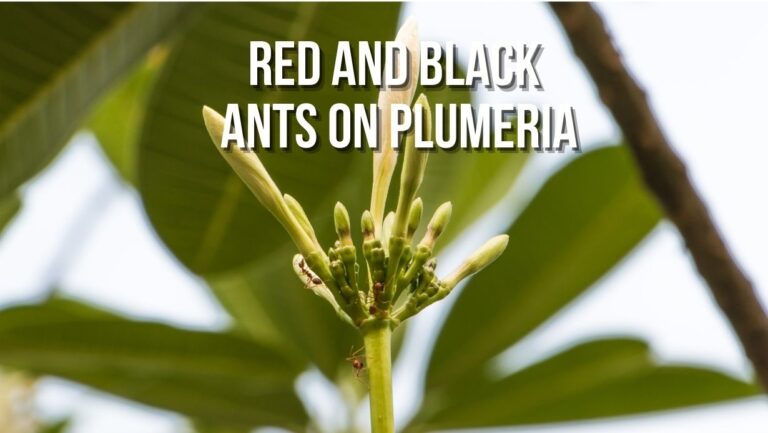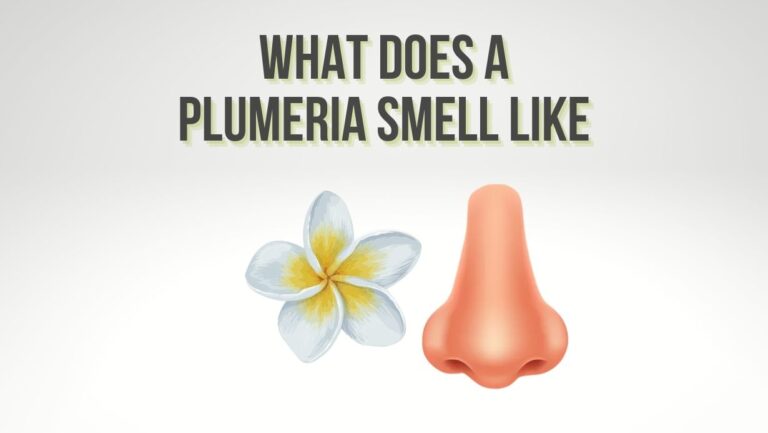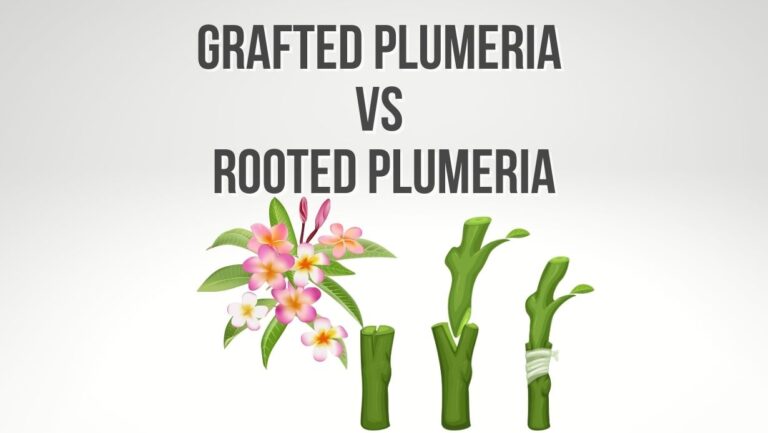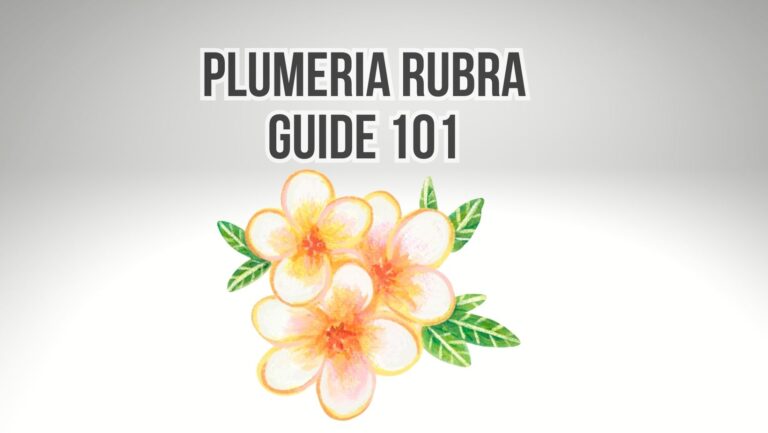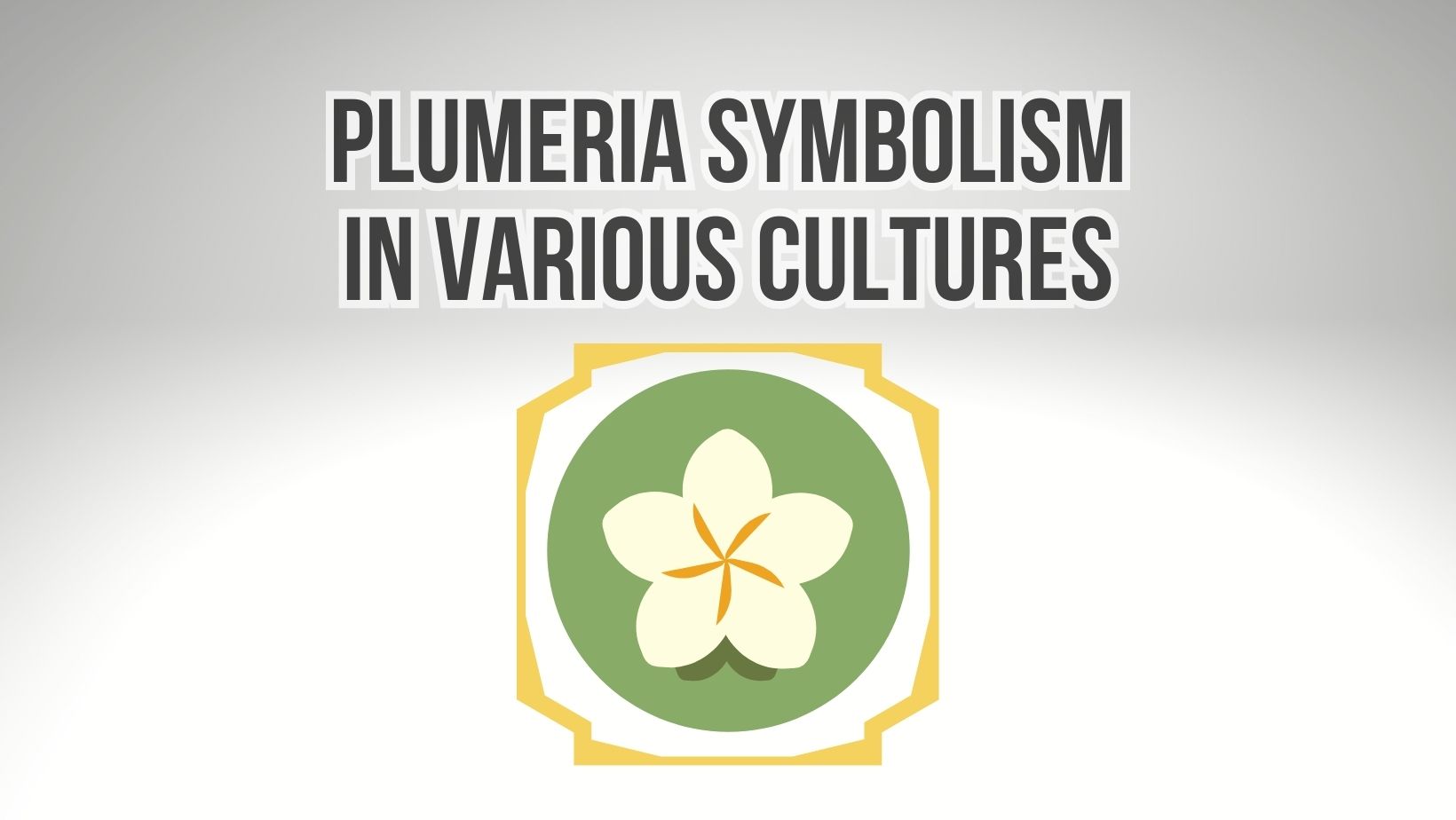
Plumeria: A Symbol of Beauty and Significance: Plumeria, also known as Frangipani, is a flower that holds deep symbolism and significance in various cultures across the globe. With its alluring beauty, captivating fragrance, and vibrant colors, plumeria has become a beloved flower with rich cultural meanings. From the islands of Hawaii to the diverse cultures of India, Thailand, Mexico, and beyond, plumeria has found its place in rituals, traditions, and art forms. In this article, we will explore the symbolic meaning of plumeria in different cultures and unravel the hidden significance behind its petals.
Plumeria in Hawaiian Culture
The Symbolic Meaning of Plumeria in Hawaii
In Hawaiian culture, plumeria holds a special place and is deeply intertwined with the spirit of the islands. The flower represents beauty, charm, and grace. It is often used in the art of lei making, where plumeria blossoms are strung together to create intricate and fragrant garlands. Leis are not only a symbol of welcome and hospitality but also a way to celebrate special occasions. Plumeria’s delicate scent evokes a sense of tropical paradise, connecting people to the natural beauty of Hawaii. Furthermore, plumeria is considered an offering in religious ceremonies, symbolizing purity, devotion, and blessings.
Plumeria in Indian Culture
Plumeria in Hindu Mythology
In Indian culture, plumeria holds profound significance, both in mythology and everyday life. According to Hindu mythology, the plumeria flower is associated with various deities and is often linked to the goddess of wealth, Lakshmi. It is believed that the presence of plumeria brings prosperity, good fortune, and auspiciousness. The fragrance of plumeria is considered to create an atmosphere of love and happiness, making it an integral part of Indian weddings and other joyous celebrations.
The Use of Plumeria in Indian Weddings
Plumeria plays a prominent role in Indian weddings, where it adorns the bride’s hair and is used as floral decorations in ceremonies. The presence of plumeria is believed to bless the couple with a harmonious and loving relationship. The fragrance of the flower adds an enchanting element to the wedding festivities, creating a romantic and joyful ambiance.
Plumeria in Ayurvedic Medicine
In addition to its cultural significance, plumeria is also valued for its therapeutic properties in Ayurvedic medicine. The flower is used in various herbal preparations for its calming and soothing effects. Plumeria is believed to promote relaxation, improve sleep quality, and enhance overall well-being. Its extracts are used in oils, creams, and other Ayurvedic formulations, benefiting the body, mind, and spirit.
Plumeria in Thai Culture
Plumeria is the National Flower of Thailand
Plumeria, known as Dok Champa in Thai, holds a special place in Thai culture and is honored as the national flower of Thailand. The flower’s vibrant colors and captivating fragrance are associated with purity, beauty, and grace. Thai people deeply admire plumeria and often incorporate its essence into their daily lives.
Plumeria in Thai Art and Architecture
The beauty of plumeria is prominently featured in Thai art and architecture. The flower is intricately carved and depicted in various forms, adorning temples, palaces, and traditional Thai houses. Plumeria motifs can be found in delicate wood carvings, exquisite paintings, and ornate sculptures. The presence of plumeria in Thai art reflects the deep cultural appreciation for its elegance and allure.
Plumeria as a Symbol of Love and Beauty
In Thai culture, plumeria is also considered a symbol of love and beauty. The flower’s enchanting fragrance and delicate appearance make it a popular choice for romantic gestures and expressions of affection. Giving a plumeria blossom to a loved one is seen as a gesture of devotion, admiration, and a wish for everlasting beauty.
Plumeria in Mexican Culture
Plumeria in Dia de los Muertos
Plumeria holds significant symbolism in Mexican culture, particularly during the celebration of Dia de los Muertos (Day of the Dead). This traditional Mexican holiday honors and remembers deceased loved ones. Plumeria flowers play a crucial role in the elaborate altars and floral arrangements created for this occasion. The flower is seen as a bridge between the living and the dead, representing the cycle of life, death, and rebirth. The presence of plumeria during Dia de los Muertos is believed to guide the spirits of the departed back to the earthly realm for a joyful reunion.
Plumeria in Mexican Folklore
In Mexican folklore, plumeria is associated with beauty, delicacy, and feminine grace. The flower’s vibrant colors and enchanting fragrance have inspired numerous legends and tales. It is often depicted as a symbol of love, purity, and spiritual awakening. Plumeria’s presence in Mexican folklore reflects the deep connection between nature, culture, and the human experience.
Plumeria as a Symbol of Death and Rebirth
Plumeria’s significance in Mexican culture goes beyond its aesthetic appeal. It serves as a reminder of the eternal cycle of life, death, and rebirth. The flower’s delicate and fragrant blooms symbolize the fragility and beauty of existence. Plumeria’s presence during significant Mexican cultural events underscores the profound connection between mortality and the celebration of life.
Plumeria In Indonesian Culture:
In Indonesian culture, the plumeria flower, known as “kamboja,” holds a special place and carries significant symbolism. This tropical flower is highly regarded and is associated with various aspects of Indonesian life and traditions.
One of the key meanings of plumeria in Indonesian culture is loyalty and devotion. The flower is often seen as a symbol of unwavering commitment and faithfulness. This symbolism is particularly significant in the context of relationships, including marriage. Plumeria flowers are commonly used in traditional Indonesian weddings, where they are woven into garlands, bouquets, and decorations. The presence of plumeria in these ceremonies represents the couple’s commitment to a lifelong partnership and their dedication to one another.
The purity and innocence of plumeria also contribute to its symbolism in Indonesian culture. The flower’s pristine white petals are associated with purity of heart and mind. It is believed that plumeria possesses a calming and soothing energy, bringing a sense of peace and purity to its surroundings. This belief is reflected in the use of plumeria in various rituals and spiritual practices.
Conclusion
Plumeria, with its captivating beauty and fragrance, has captured the hearts of people worldwide and has become a symbol of various cultural expressions. From Hawaiian leis to Indian weddings, Thai art to Mexican celebrations, plumeria’s significance remains universal. It represents love, beauty, purity, and spirituality across different cultures, transcending boundaries. Whether in mythology, rituals, or everyday life, plumeria continues to enchant and connect people to the deeper meanings of nature and life.

